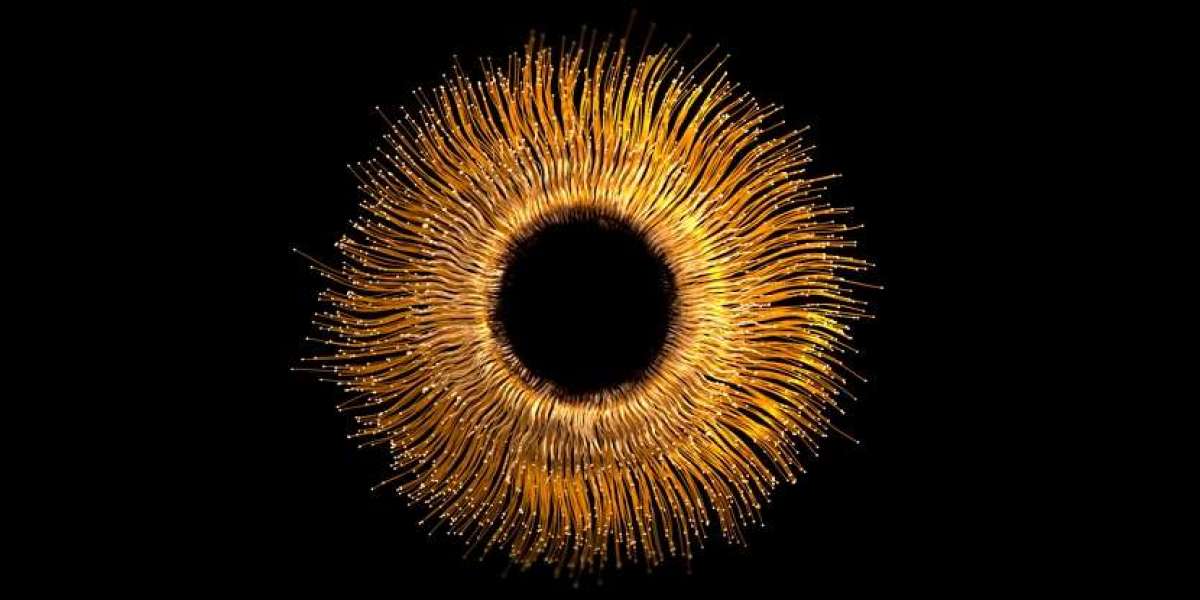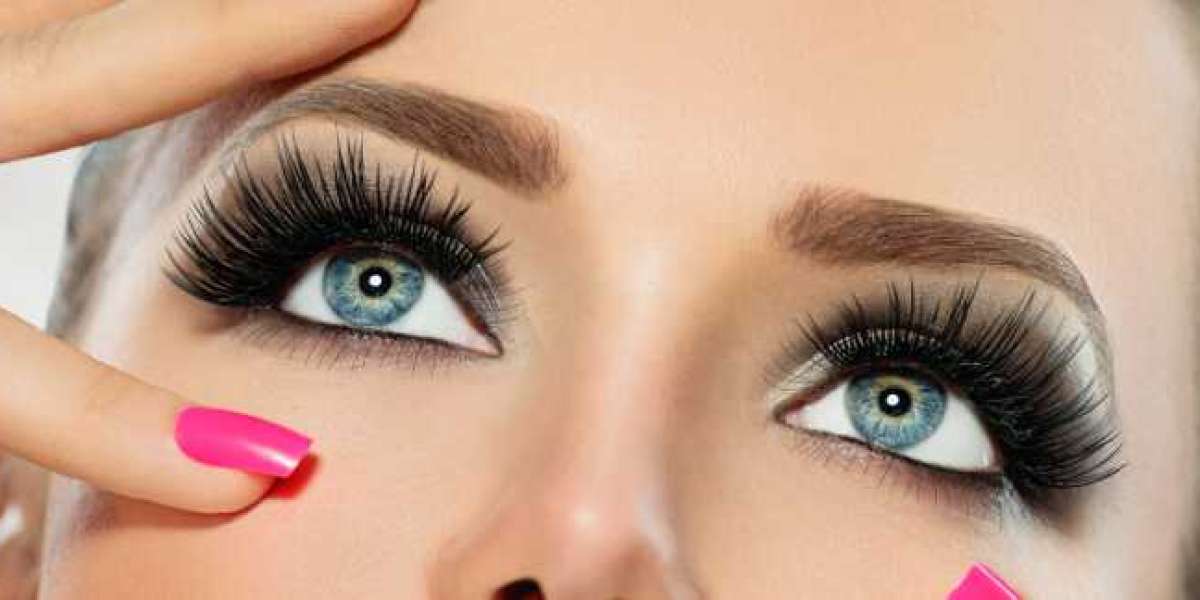For centuries, restoring lost vision has remained one of medical science’s most elusive goals. While cataract surgeries, laser treatments, and retinal implants have transformed eye care, millions still suffer from irreversible vision loss due to retinal degeneration and diseases like age-related macular degeneration (AMD). But a groundbreaking new study from the U.S. might just be the shimmering breakthrough we’ve been waiting for—quite literally.
Scientists have discovered that injecting tiny gold particles into the eye—followed by stimulation with an infrared laser—can reactivate retinal cells and restore light responsiveness in mice with severe vision problems. Even more promising, this approach requires no surgical implants, making it potentially safer and more accessible than existing solutions.
Let’s dive into the gold-powered science that could change the future of vision restoration.
---
The Science Behind the Sparkle:
Researchers at Brown University, in collaboration with the U.S. National Institutes of Health, developed an innovative technique involving gold nanoparticles, each thousands of times smaller than the width of a human hair. But these aren’t just any gold particles—they’re specially coated with antibodies that allow them to target specific types of retinal cells.
In healthy eyes, photoreceptors—rods and cones—detect light and send signals to other retinal neurons, such as bipolar and ganglion cells, which in turn communicate with the brain. In degenerative eye diseases like AMD or retinitis pigmentosa, these photoreceptors die off, cutting off the chain of communication and leading to blindness.
The genius of this gold-based therapy lies in bypassing the dead photoreceptors altogether. Instead, the gold particles act as miniature light converters. Once injected into the eye and bound to the right retinal cells, the eye is exposed to a near-infrared laser beam. The gold absorbs this light and produces a localized electrical effect, stimulating the cells as if they had received input from healthy photoreceptors.
In short, the eye learns to “see” again—not by replacing what’s lost, but by rewiring what remains.
---
Promising Results in Mice:
In laboratory tests, mice that had lost most of their retinal function were injected with the gold-antibody solution. After exposure to the infrared laser, scientists observed activity in their visual cortex—the part of the brain responsible for interpreting visual information. This suggested that the gold particles successfully transmitted signals from the eye to the brain, simulating the behavior of a healthy retina.
While measuring vision in mice is notoriously difficult, the scientists were able to confirm that the treated mice responded to light stimuli, and that the gold nanoparticles remained in the eye safely for months without causing noticeable inflammation or damage.
This stands in stark contrast to current solutions like retinal prosthetics, which often require delicate surgery, electrical implants, and high costs—without always delivering reliable vision.
---
From Mice to Humans: What Lies Ahead?
While the findings are a significant leap forward, it’s important to emphasize that this treatment hasn’t yet been tested in humans. Clinical trials will be necessary to determine the safety, dosage, effectiveness, and long-term implications of the technique.
However, the vision is clear—pun intended. Scientists are already imagining future wearable devices, such as smart glasses or goggles with built-in infrared lasers, that could activate the gold particles in real time. This would allow patients with severe vision loss to see again without the need for any external implants or risky surgeries.
Moreover, because the treatment targets bipolar and ganglion cells—which are often preserved even in advanced cases of retinal degeneration—it could benefit a wide range of patients, including those with:
Age-Related Macular Degeneration (AMD)
Retinitis Pigmentosa
Diabetic Retinopathy
Other forms of inherited or degenerative blindness
---
Why Gold?
You might be wondering: why gold? Aside from its value and visual appeal, gold is biocompatible, meaning it doesn’t react negatively with living tissue. It's also highly conductive, making it ideal for interacting with light and electrical signals in biological systems.
Gold nanoparticles have already been explored in cancer therapy, drug delivery, and diagnostics. This latest development adds another fascinating chapter to gold’s growing medical legacy.
---
Safer, Simpler, and More Scalable:
One of the most exciting aspects of this approach is how non-invasive it is. Traditional retinal prosthetics require intricate surgery, often under general anesthesia, with significant risk of infection, inflammation, or failure. Gene therapies and stem cell treatments, while promising, face regulatory hurdles and high costs.
By contrast, the gold particle therapy is:
Minimally invasive (simple injection)
Non-surgical
Potentially long-lasting
Easier to scale globally
If this treatment proves effective in human trials, it could become a game-changer for low-resource settings, where access to expensive surgical care is limited.
---
The Golden Future of Eye Care:
We’re still in the early days of this breakthrough, and many questions remain: How well will it work in humans? Will it restore full vision or partial light sensitivity? How often will the treatment need to be repeated?
Nevertheless, the potential is dazzling. In a field where few non-surgical treatments exist for blindness, this gold-based approach opens a shimmering door to safe, accessible, and scalable vision restoration.
As the research continues, the glint of hope shines brighter—perhaps, one day soon, gold won’t just be a symbol of wealth, but a symbol of sight.









Shanoob Nm 26 w
Freelance Digital Marketing Consultant in Calicut https://ibnkrish.com/